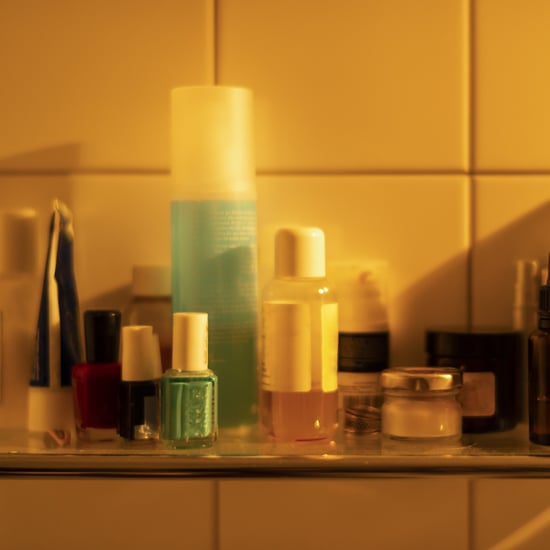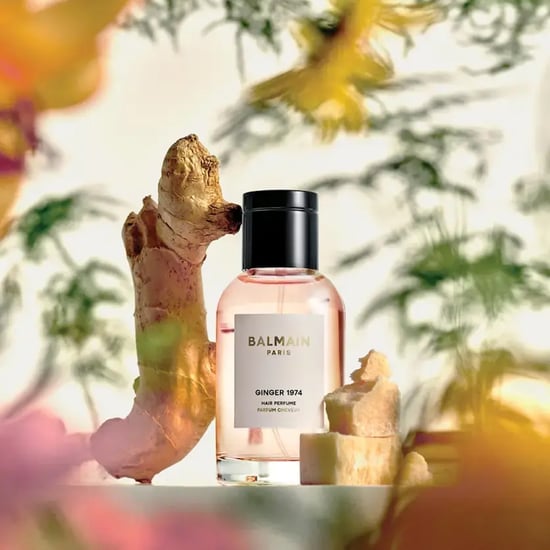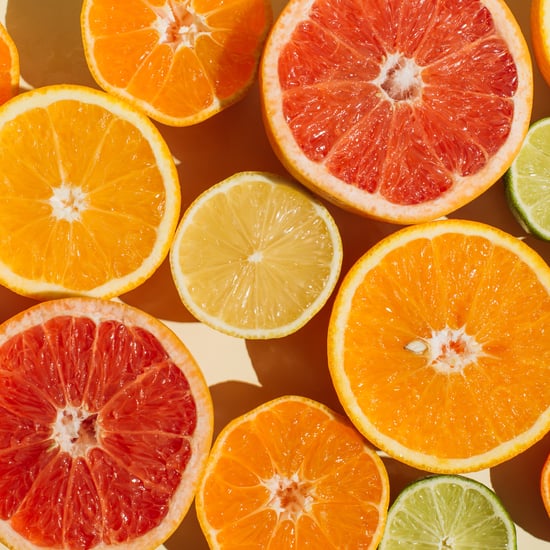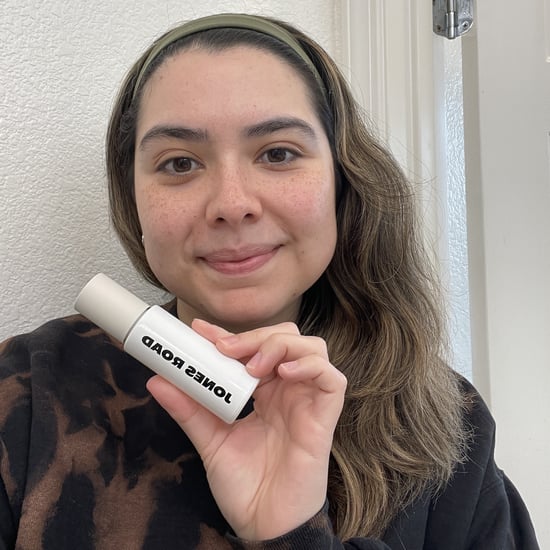Difference Between Fragrance Free & Unscented Beauty Product
The Difference Between "Fragrance Free" And "Unscented" Beauty Products
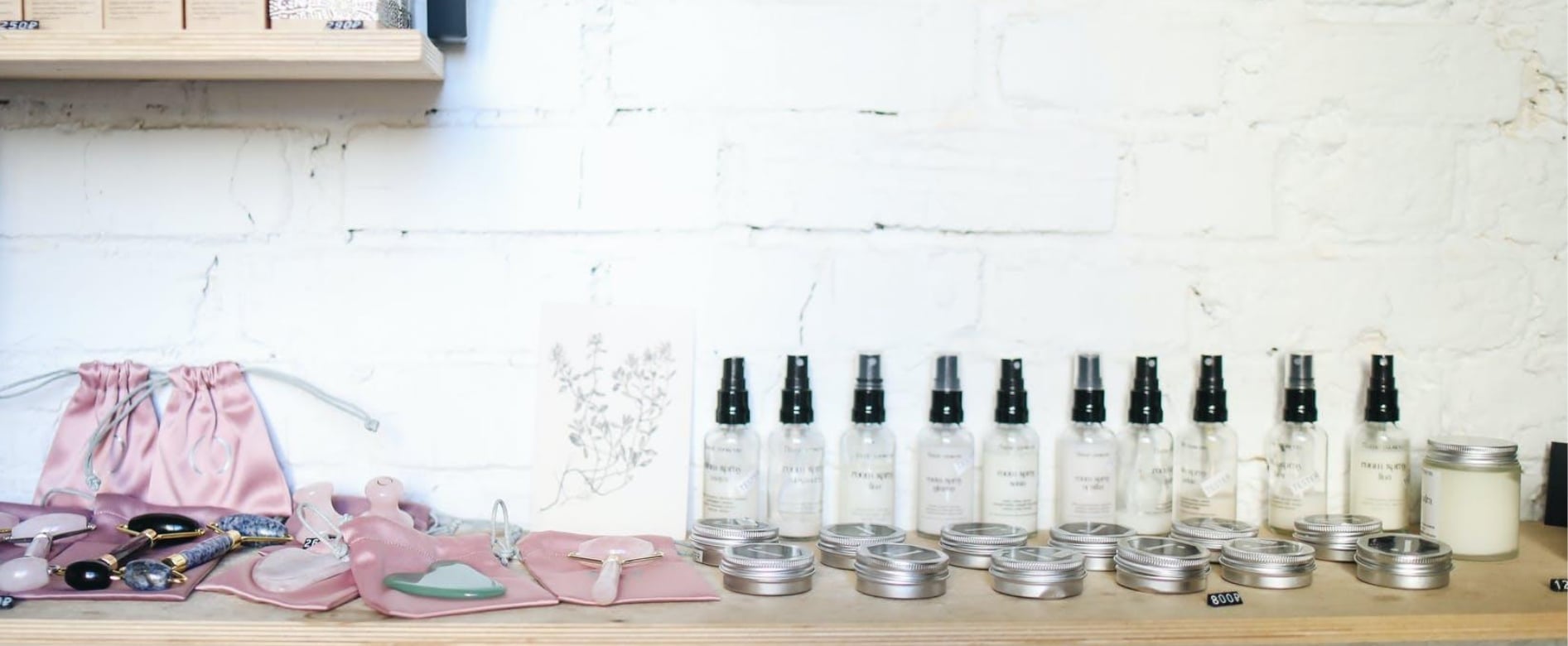
Reading the long list of ingredients on the back of your favourite moisturiser may have you questioning: what is actually in my skin-care products? Unfortunately, certain oils, parabens, and — the most common — synthetic fragrances are often hidden behind fancy names that can be hard to detect.
Fact is, more than 50 percent of all skin-care products contain fragrances with a lack of description for these chemicals. They are typically found in items that we use routinely such as soap, lotion, makeup, serums, perfumes, and face cream. In hair products, fragrance is often included to provide a recognisable scent for brands labeled as phthalates and tend to be hidden in hairspray, shampoos, and conditioners. Most cosmetics with fragrance are considered safe to use; however, according to the International Fragrance Association (IFRA) , health concerns that can potentially stem from the 3,000 ingredients used in products that contain fragrance include allergies and toxicity, particularly for people with sensitive skin.
Because of those underlying concerns, using fragrance-free products can prevent redness, rashes, or any sort of skin reaction. Still, there's a grey area between the terms "fragrance-free" and "unscented" in beauty products, and the distinction between the two isn't always so clear-cut on an ingredients label.
Fragrance Free Vs. Unscented
Fragrance-free products are labeled that way to indicate that no fragrances or masking scents are contained in the product. Masking scents would deem the product as "unscented," meaning that a compound was used to cover the scent of the ingredients used. Despite being labeled as unscented, these ingredients often do have a smell but are disguised so it's not noticeable.
Cosmetic chemist Ginger King indicates the importance of separating fragrance-free and unscented products in your skin-care routine. Her company, Grace Kingdom Beauty, is based in New York and New Jersey, where she has helped develop hundreds of products for beauty brands. "Unscented items have masking ingredients in the product. What you smell is the odours from the raw materials used, but there may be added chemicals. Fragrance-free can mean there is the use of essential oils or other aromatic extracts in the product, but they are not technically a fragrance."
Because many products use the term "unscented," we tend to classify these items as fragrance-free. However, noticing what is labeled on your products can potentially save your skin.
"Unscented is more like scent-free because of the chemicals used to remove odour. Fragrance-free can still have a nice smell from essential oils or aromatic extracts. However, brands don't use chemical fragrance as many people can be allergic to it," said King.
At the end of the day, there are no laws that require brands to disclose fragrance ingredients, and product regulation mandates have remained mostly unchanged since the Food, Drug and Cosmetics Act first passed back in 1938, so it's important to check the list of ingredients on the label yourself. If you don't want any added scent or fragrance in your beauty products, look for labels that read "free of dyes" and keep an eye out for words like fragrance, perfume, parfum, essential oil blend, or aroma.

